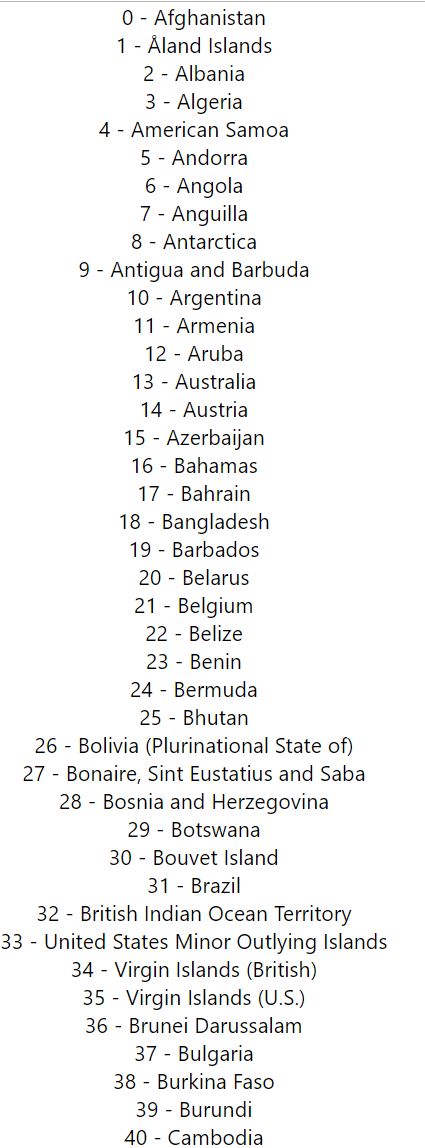If you haven't one already, you can create react
application using create-react-app by running this command.
> create-react-app <YOUR_APP_NAME>
After successfully created app, create a file
fetchData in /src/fetchData.js.
About
useEffect() :
If you’re familiar with React class lifecycle
methods, you can think of useEffect Hook as componentDidMount,
componentDidUpdate, and componentWillUnmount combined. You should check out the docs.
Note
–
Inside the component where you want to fetch a
data, you must need to add a useEffect hook i.e.
import React, { useEffect } from "react"
export default () => {
useEffect(() => {
// Fetch data right here!
}, [])
return (
<>
<h1>You are welcome!</h1>
</>
)
}
As an Example, to load countries –
import React, { useEffect, useState } from 'react';
import axios from 'axios';
export default () => {
const [countries, setCountries] = useState([]);
const [load, setLoad] = useState(false);
const [error, setError] = useState('');
useEffect(() => {
axios.get('https://restcountries.eu/rest/v2/all')
.then(result => {
setCountries(result.data);
setLoad(true);
})
.catch(err => {
setError(err.message);
setLoad(true)
})
}, []);
if (load) {
return (<>
{error ?
<div>{error.message}</div> :
countries.map((val, i) => <div key={i}> {i} - {val.name}</div>)
}
</>)
} else {
return (
<>
Loading...
</>
);
}
};
The result looks like,
